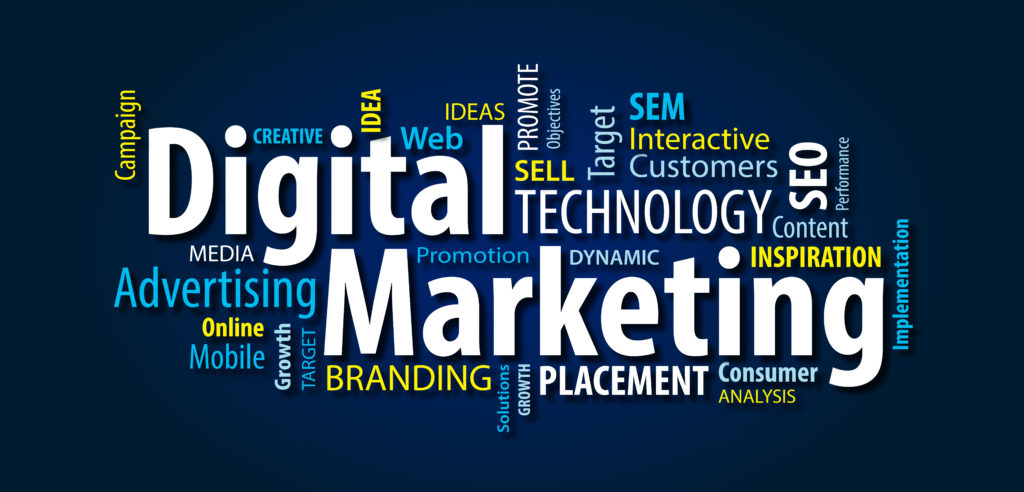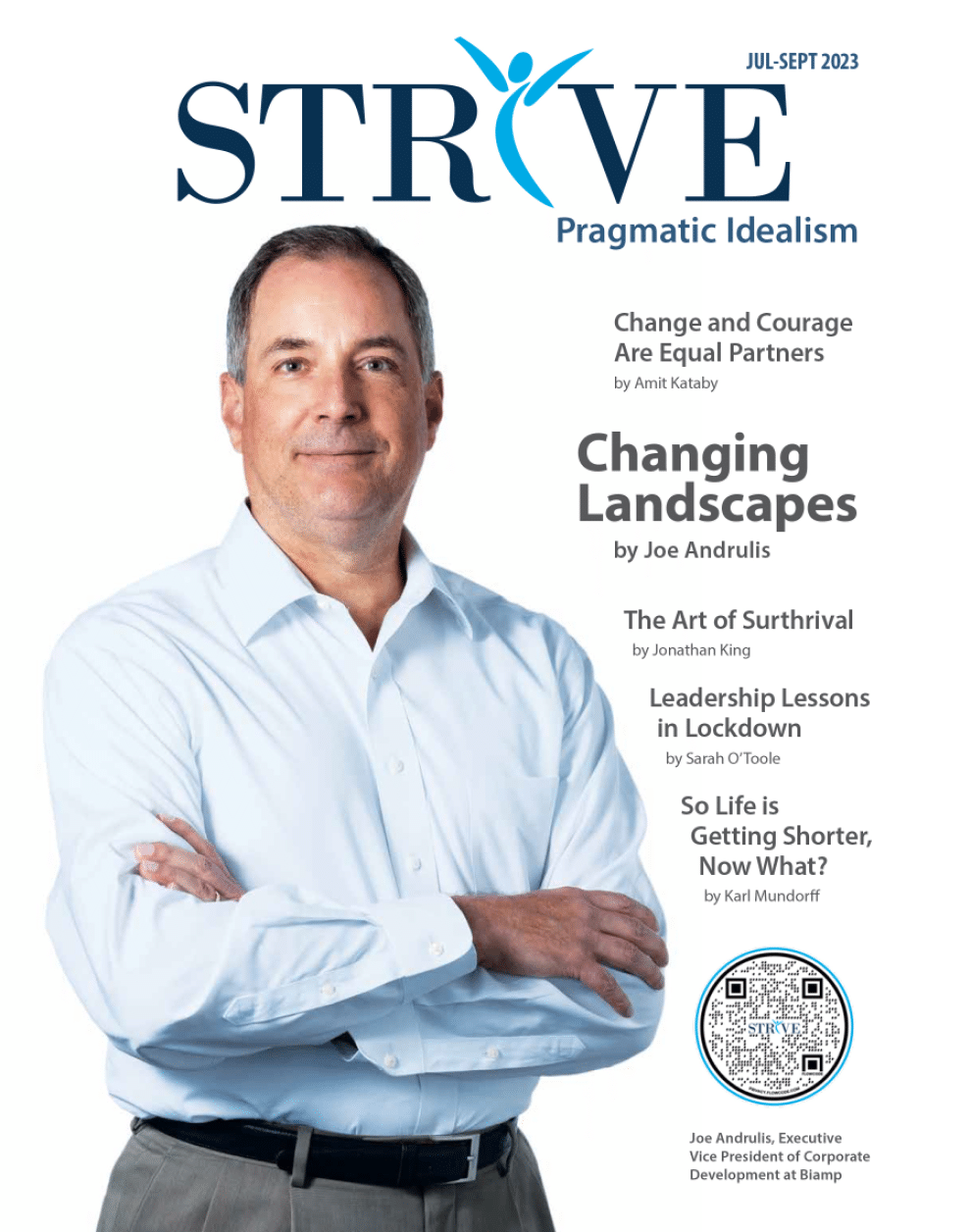Far too often in financial downturns, marketing and advertising are the first victims of cost cutting. And for a very short time, past goodwill can carry the business. But once market share begins to erode, it costs many times more to regain it. Because your smart competitor, who chose to get aggressive while you cut costs, now owns a bigger chunk of your pie.
Most of us have tried some form of digital marketing, if only because of its relatively low cost. But it’s far more than just changing ad horses.
There are important shifts in your own marketing perspective that are as critical as the shift in tools to deliver your message. Today we have access to incredible, almost magical and constantly evolving tools that help us target, deliver, measure and refine our marketing campaigns.

But a million-dollar rifle with a two-bit aim still misses.
So when customers are more demanding and harder to find, and competitors are relentless, how do you know whether your digital marketing is a Godsend or another distraction?
If you haven’t defined your potential new customers down to their children’s sports or the political party they support or the college they root for or the type of fishing gear they prefer—you’ve got some work to do.
Yes, you can target your audience that precisely.
Not unlike fishing, instead of casting a bait in a big water and waiting for a fish to find you, we can deliver the bait directly not just to the fish’s mouth, but pick the size, the kind, the income of the fish we want and even decide how many times today we put the hook in its mouth. And with every cast learn and improve our ability to do so.
Digital is not easier. It’s more work. As with all things in business, it comes down to smart strategy, hard work and continuing to learn, adapt and refine your plans. It’s so much more than just having a website or a Facebook page.
Traditional media spent decades preaching consistency in advertising—which is another way of avoiding the extra work of many custom messages and creative and tracking. Today consistency means not running the same message forever, but being precise, vigilant and proactive in your marketing across all platforms.
Embrace mobile
We used to preach “digital first” to businesses that were considering adding new media marketing to their trusted print or broadcast ad campaigns. Today it really must be “mobile first and last.” An ad campaign that doesn’t lead with plans optimized for mobile devices is missing 60 percent of its potential audience. Today more than 60 percent of all web traffic—including potential customers coming to your website or looking for your company—comes from a mobile device, likely a smart phone.
This includes video and purchasing decisions and former “only-in-person” transactions like bank deposits.
And it’s not with reluctance, but an eagerness that consumers are going mobile. A new Nielsen Company report shows that American adults spent almost 11 hours every day consuming media—web, broadcast, TV, entertainment—and because 81 percent of those same people have smart phones, much of it is done on those devices.
It’s not just the younger market either. I remember walking through the Denali Princess breakfast room one September morning, passing hundreds of mostly-senior tourists getting coffee…and 90 percent were reading or posting on a tablet or mobile phone.
How to be “mobile first?” Start with mobile responsive website design, so your hard-won web traffic is easy to read and use on any device. Responsive websites are quickly replacing mobile apps too, so if you haven’t already invested big bucks in designing a custom app, save your money…there are better investments today.
But also look at the transactions that your customers want and will make from a mobile device if it’s easy, like “click-to-call” and simple payment options.
Being a second generation Texas Aggie, we love to tell Aggie jokes on ourselves.
Like the Aggie who left school to become a lumberjack in the north woods. The camp boss sent him out with a new chain saw and instructions to start cutting. Each day the Aggie came back worn out and having cut only a few trees. After the third day the boss took his saw, puzzled that perhaps there was an equipment failure, and cranked up the saw. At the roar of the engine, the Aggie jumped back and hollered “What’s that noise?!”
We can have the same struggles with digital tools, trying to hand saw with a power tool, so to speak.
Building your digital tool box
There are more digital opportunities every day, far more than this short space can offer. But some questions to ask yourself:
How do potential new customers find you online? Search is the glue that holds together most online transactions and if you’re not planning for search optimization of your website, your competitors are.
Are you targeting your online ads not just to the region or city or street where your customers live, but also to what they care about, where and when they’re online?
Are you using search marketing to convert those initial web contacts into immediate orders and long-term clients?
Do you have a strategy to protect your reputation online? Reputations and fortunes are won and lost in a tweet or post today. One negative review or caustic comment can overwhelm hundreds of positives and thousands of dollars of advertising investments. There are simple ways to monitor and respond to what is being said about you online and to build your reputation.
And are you creating messages and using ads that leverage the power of the digital platforms, or just taking last year’s print ads and calling it good enough? It’s not.
Start with a plan
Whatever the platform or medium you choose to tell your story, it must start with a plan.
- What does success look like?
- How do we measure success?
- How do we translate success into specific actions that deliver the goods (new conversations, conversions to customers, additional sales)?
- How does everything we do (words we say, messages we post and ads we run) move us toward success?
- How are we keeping score and adjusting to make the most of the things that deliver results we want?
The good news is that today you can do more with less.
The bad news is that it won’t just happen—you have to plan for and constantly adapt your digital strategy as conditions and opportunities change.
Consider building or retooling a team focused on digital. There are also excellent digital companies in Alaska, from specialists in your industry to traditional agencies and media companies that can help.
It’s an absolute of marketing theory that those businesses that are aggressive in a down cycle, that work hardest to gain market share when there’s less to fight over, are the ones that grow and build value not only immediately but 10-fold over time. And getting aggressive in a down economy, like Alaska is going to face for the next few years, need not mean spending more, but it absolutely demands spending smart.
Get smart. Get digital. And get more than your fair share.
This article first appeared in the July 2016 issue of STRIVE magazine.
About the Author
Lee Leschper is a career media executive and newspaper publisher with past experience overseeing many of the newspapers and magazines in Alaska, including leading their transition from ink-on-paper to multi-media news outlets. He formed Fireweed Strategies LLC to help Alaska’s businesses move to full digital marketing beyond traditional news and advertising media.














































